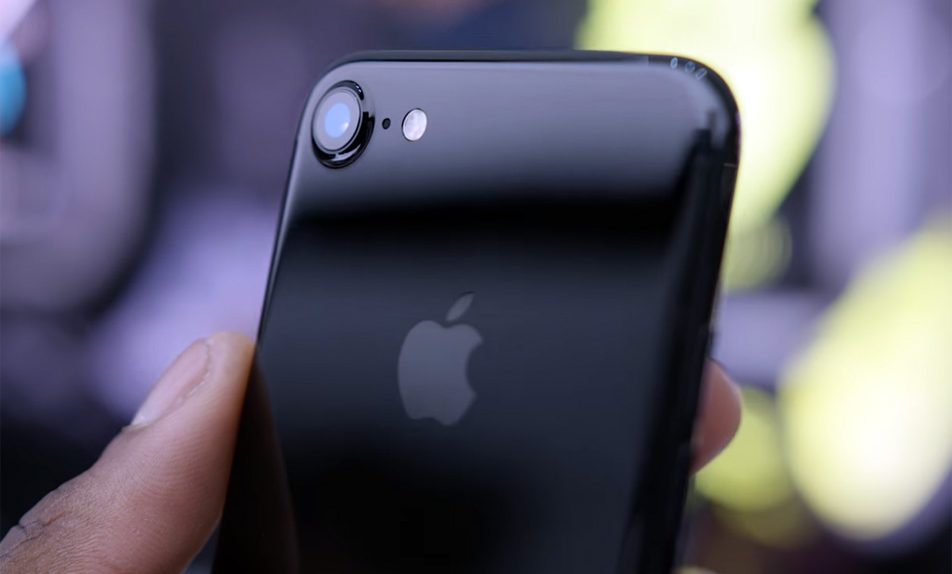Sapphire is a material that’s naturally hard, the third hardest material on the Mohs scale after diamond and moissanite. It’s also a material that can be made by man and used — as sapphire glass — in a variety of products, including smartphones and watches. Apple tried a couple of years ago to make the entire display of the iPhone out of sapphire glass, but poor yield eventually convinced Apple to stick with hardened glass instead. These days, the iPhone’s home button and rear camera lens are made of sapphire to prevent scratches that would hinder fingerprint recognition and ruin photos and videos.
But it turns out that Apple’s sapphire glass isn’t as hard as you’d expect it to be, and that it can scratch a lot easier than we thought. And that includes the recently launched iPhone 7 and iPhone 7 Plus. Both devices have bigger cameras, especially the phablet, which means they use more sapphire glass.
DON’T MISS: A painful reminder of just how bad the iPhone 7’s battery life is
A durability test performed by JerryRigEverything right after the iPhone launched revealed that the camera lens scratched almost as easy as hardened glass would scratch, at around 6 on the Mohs scale. Comparatively, Gorilla Glass found on most smartphones these days scratches at a 5 or 6 on the same scale.
Furthermore, drop tests performed on both the iPhone 7 and iPhone 7 Plus revealed that the phone would withstand drops from various heights without taking any damage. The camera lens, however, might be harmed.
But Apple still says the phone’s camera is protected by sapphire glass.
JerryRigEverything has since decided to investigate the matter, and he discovered through a variety of lab tests that are out of a regular customer’s reach that the iPhone 7’s does indeed have a camera lens made of sapphire glass. The expected traces of aluminum oxide are there, particularly on the outer side of the lens.
But the purity of Apple’s sapphire glass differs from the sapphire glass used in other products; say a Tissot watch, that scratches at an 8 on the Mohs scale.
During the analysis of the iPhone 7’s rear camera glass, JerryRigEverything found that there’s a lot of carbon and silicon contaminants in the sapphire crystal, which could explain why it scratches a lot easier than expected. The Tissot watch, comparatively, did not have traces of any of these contaminants.
The analysis also revealed that the inner layer of the lens has a thin coating of silicon and niobium that’s supposed to reduce internal reflection.
“How impure can your sapphire be and still call it sapphire?” the video asks at the end. That’s something Apple will probably never respond to. Check out the full video below.








